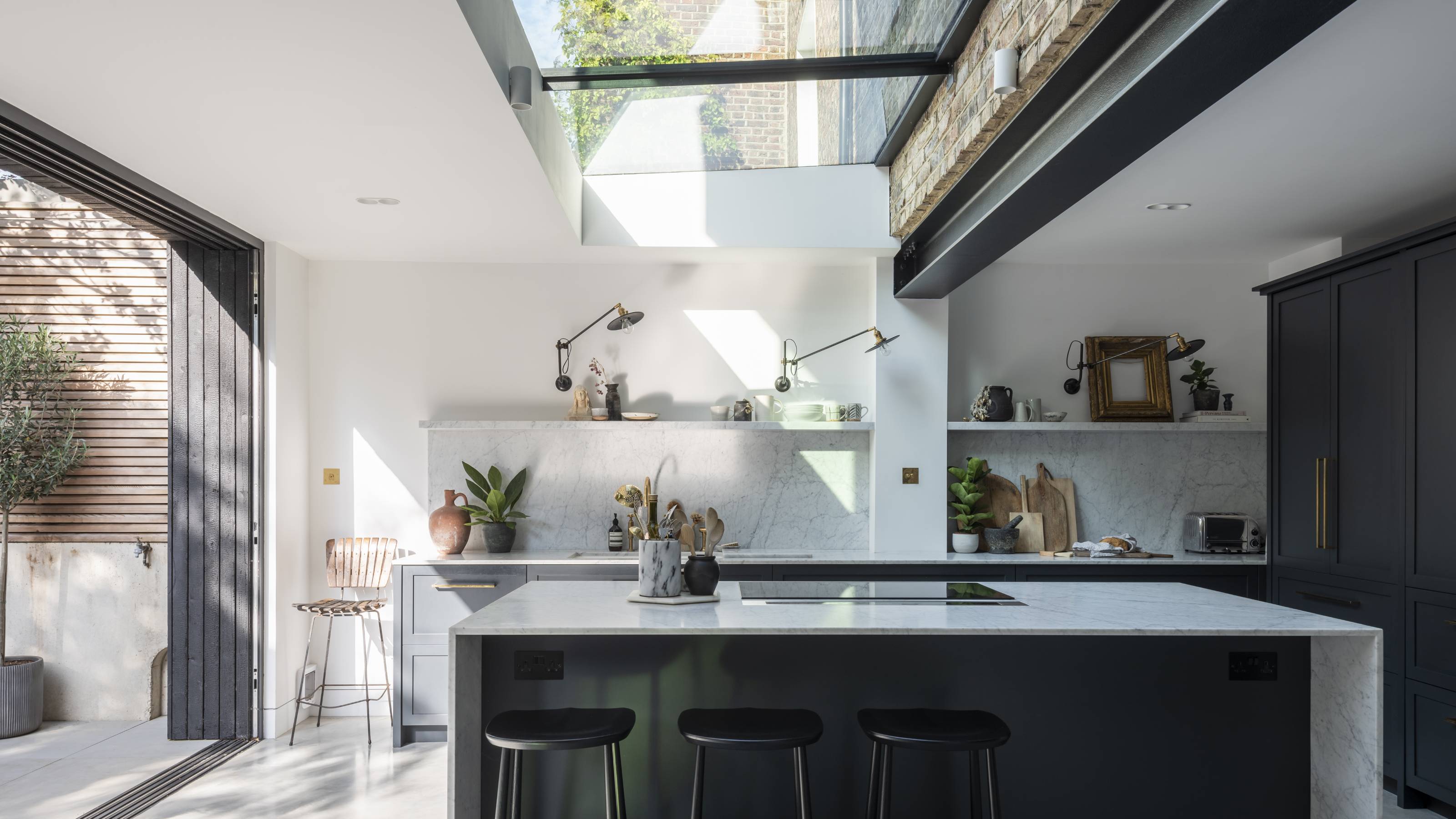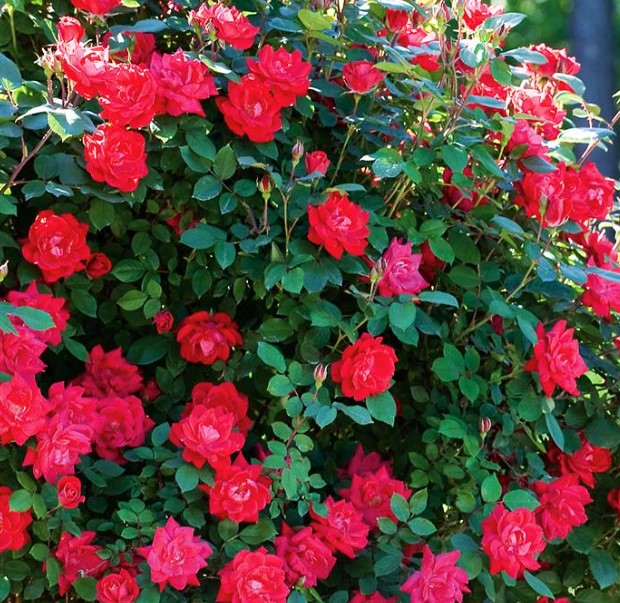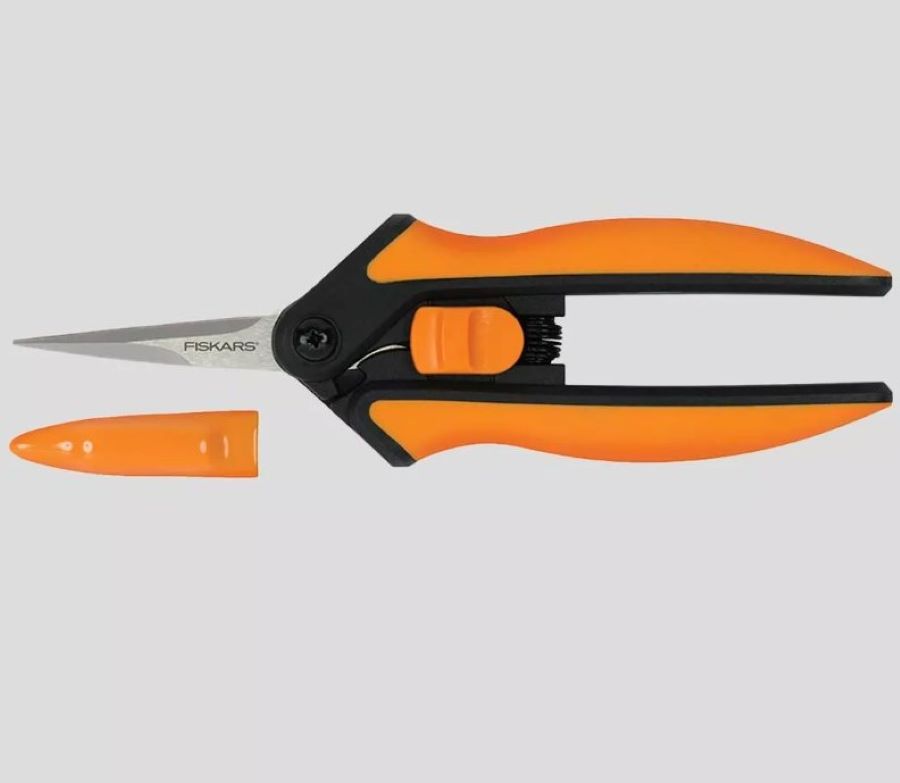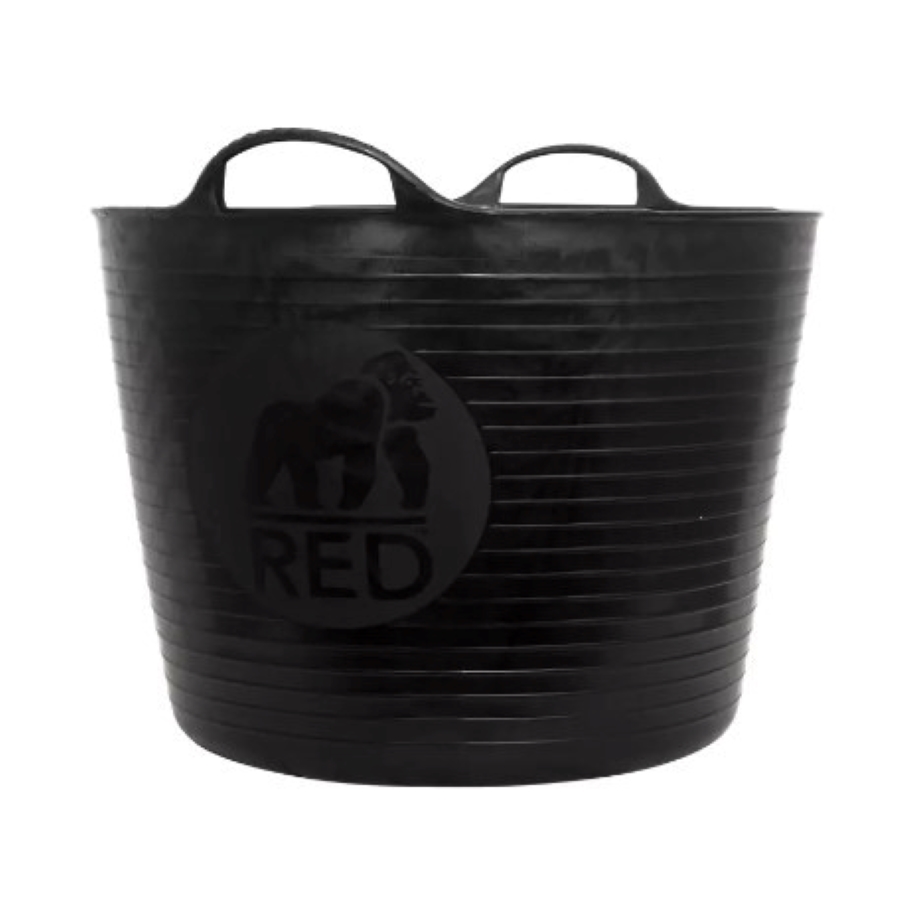When to cut back roses - deadheading advice from gardening pros for better blooms year on year
Deadheading roses can be intimidating, but it's an essential part of their maintenance, say these experts


With so many varieties and colors to choose from it is no wonder that roses are among gardeners' favorite flowers. Their divine fragrance and flamboyant silhouette go unrivaled. However, they have long been approached with caution due to the intimidating rumors about their required maintenance. Deadheading roses is an essential part of that routine which is often approached timidly.
It is time to take back control of your roses. As a symbol of romance and elegance, it is important they are kept up to their high flourishing standards. Along with your usual routine to makes roses look better, the deadheading process is a vital part of their maintenance and should not be daunting. See it as an opportunity to revitalize your flowers.
Expert gardeners have revealed their personal advice on deadheading and how to get the most out of your plants. Don't worry, it is easier than you might expect.
When should I deadhead roses?
Deadheading seems to be a task most gardeners avoid due to the fact it feels scary to ruthlessly cut off flowers and they don't know when to do it. There is something that feels very wrong about taking shears to a beautiful flower. But there is a best time to deadhead roses and it will help make them grow back even better.
'The best time to deadhead roses is after each bloom cycle to promote continuous flowering,' says Harry Luther, founder of gardening expertise platform Plantpat. 'For most rose varieties, this means deadheading generally from late spring to fall. Performing deadheading during this period promotes new growth and encourages the rose to produce more flowers later in the season.'
Regular deadheading should be done throughout the season to maintain healthy rejuvenation and continuous flowering. Some experts advise not deadheading once you enter fall. 'Stop deadheading in late summer to allow roses to form rose hips which look great in the fall and also provide food for birds,' says florist Andrew Connolly. Although this is a personal preference.
How do you deadhead roses?
One of the biggest gardening mistakes made by beginners is not cutting enough off when deadheading. But equally, it can be detrimental to cut too much. It is a fine line.
The most important thing to remember is to avoid cutting into new growth. 'When flowers begin to fade, look for the first set of 5 leaves on the stem. This is where new flower buds will develop,' says gardening expert and writer for Garden Design, Janet Loughrey. 'Cut back spent flowers to just above the first set of 5 leaves. For roses that develop clusters of flowers such as floribundas, cut back the entire cluster of spent flowers to just above the first set of leaves,' she says.
Deadheading will encourage new blooms by redirecting the plants' energy from seed production to new growth. To ensure an effective deadheading session use clean and sharp shears to avoid unintended damage. 'Cut the stem at a 45-degree angle to help prevent water from entering the stem, which can make plants more prone to diseases,' advises Janet.
It is that simple. Once you have a few under your belt you will be flying. And after you see the results you will wish you had started earlier.
What not to do when deadheading roses
Roses come in all shapes and sizes. Some varieties only bloom once, you will want to keep this in mind when deadheading your flowerbeds. 'For these, deadhead after their single bloom cycle is complete,' advises Harry.
Others grow rose hips that you may want to keep on your plant for some fall color. 'If you want these plants to develop rose hips, leave spent flowers on the plant,' says Janet.
Roses go dormant in the colder months, and when you stop deadheading it sends a signal to slow down their growth. To keep them blooming during the transition period, it is important to stay on top of a regular deadheading routine. Once fall arrives, preferably a few weeks before although it is difficult with the unpredictable weather, stop deadheading. This will allow your roses to prepare for winter and marks the end of another season where you have successfully kept your roses alive and thriving.
Essential supplies
Be The First To Know
The Livingetc newsletters are your inside source for what’s shaping interiors now - and what’s next. Discover trend forecasts, smart style ideas, and curated shopping inspiration that brings design to life. Subscribe today and stay ahead of the curve.

Formerly a news writer for Livingetc, Amy completed an MA in Magazine Journalism at City, University of London, and has experience writing for Women’s lifestyle publications across arts, culture, and beauty. She has a particular love for the minimalist aesthetic mixed with mid-century furniture, especially combining unique vintage finds with more modern pieces. Her previous work in luxury jewellery has given her a keen eye for beautiful things and clever design, that plays into her love of interiors. As a result, Amy will often be heard justifying homeware purchases as 'an investment', wise words to live by.
-
 How Much Does an Extension Cost in 2025? Renovation and Design Experts Break Down Your Budget
How Much Does an Extension Cost in 2025? Renovation and Design Experts Break Down Your BudgetExplore how much different types of extensions cost in 2025 to budget for your project accurately
By Amy Reeves Published
-
 8 Blue And Orange Living Room Ideas Where "Enveloping And Transformative" Is the Mood
8 Blue And Orange Living Room Ideas Where "Enveloping And Transformative" Is the MoodA blue and orange scheme for living rooms may sound jarring, but these spaces prove they're striking, vibrant, and certainly unforgettable
By Camille Dubuis-Welch Published




